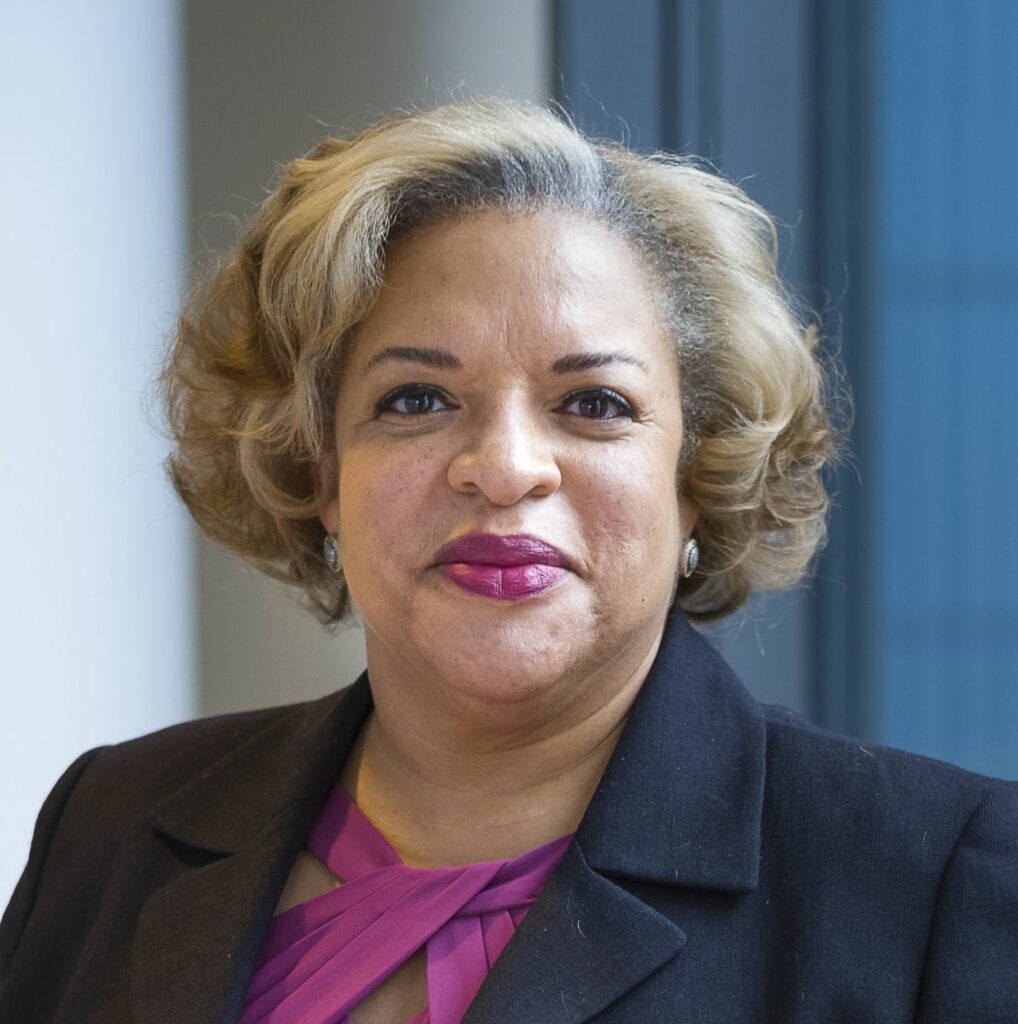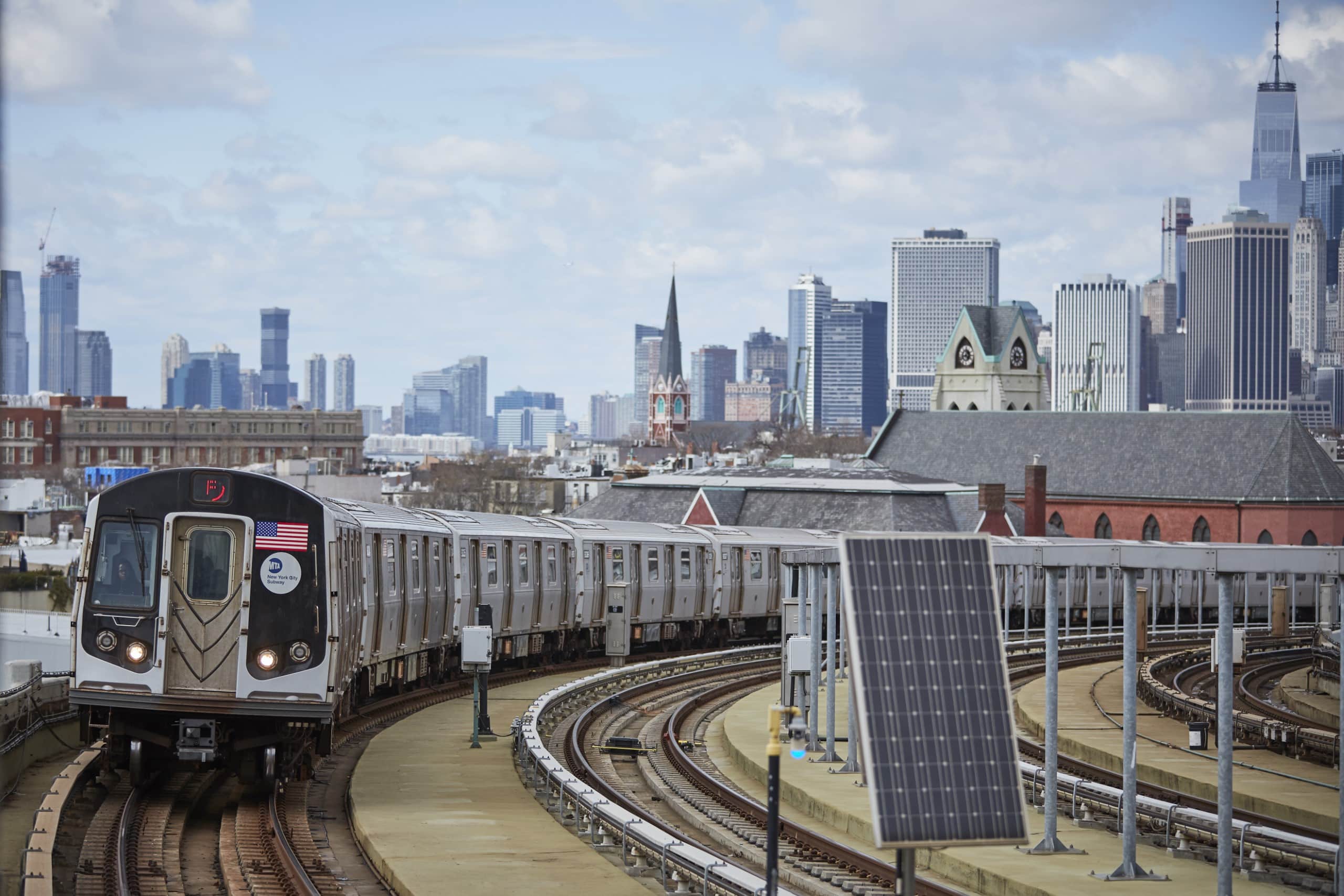SYSTRA USA, which has been involved in the signal modernization program of the New York Subway system for over a decade, has once again been chosen to take part in the program for CBTC deployment, as part of a PM/CM (Project Management/Construction Management) contract, similar to that of a project manager.

This new mega contract gives us visibility and will allow us to employ our expertise to the implementation of a modern, reliable signaling system throughout New York. This is unique know-how, the result of over fifty years of SYSTRA expertise in the design and implementation of automatic underground control systems throughout the world, has enabled us to be a trusted partner to this client’s unprecedented billion-dollar investment into modernizing its outdated signaling system. Congratulations to our team members that won this contract, especially Gene Mavleos, Mike Rafat, Philippe Ayrault and all the experts in our design and construction departments.
Kimberly Slaughter, Chief Executive Officer of SYSTRA USA
A sum of unique expertise and promising prospects
The objective is to modernize three flagship lines in the New York Subway system: the Crosstown Line, the Fulton Line and the Sixth Avenue Line, all of which are located on the B Division network, where wide-gauge automatic trains run. The aim is to equip the tracks, control rooms and signal boxes with interoperable equipment from three different suppliers. The B Division’s central control room will also have to be equipped with these new systems. The result will be more flexible and safer operation for more efficient services.

In contrast to previous signal modernization contracts, the MTA opted for a Design-Build (DB) execution this time. Leading the SYSTRA Team in support of the proposal development in concert with WSP, Mike Rafat drew on his experience as a long-standing technical consultant to the MTA which was critical in winning this opportunity.
Gene Mavleos, senior vice-president PM/CM, SYSTRA USA
The change in contractual form to DB means that the proportions are changing: the work on the design side is decreasing in relation to the amount of work linked to the monitoring of implementation and project management, known as PM/CM. While we will do some of these, SYSTRA USA offers these services but does not have the critical mass to absorb all of them, which is why we have partnered with WSP. Our partnership with WSP creates a team that provides a diverse team and deep bench of resources to better serve MTA.
Mike Rafat, vice-president PM/CM Northeast / Mid-Atlantic region, SYSTRA USA


In return, we bring the systems expertise of our team, which is particularly sought after: SYSTRA is the only engineering company to have worked on all the automation systems for interoperable lines over the last 10 years, and this is a key factor in winning such a contract.
Philippe Ayrault, senior vice-president CBTC systems expert, SYSTRA USA
A decade of missions


Our activities with WSP will therefore include design reviews, but also the development, implementation and management of the program; the preparation of tenders; the monitoring of preparatory work; and then the supervision of the implementation sites, the verification and the technical and administrative monitoring of the deployment of CBTC systems on each of the lines.
Our teams started at the beginning of May. At the peak of the project, SYSTRA staffing will include around thirty experts and specialists mobilized at SYSTRA USA. The aim is to have the system operational by 2028.
Additional options to extend the adventure
The contract signed with MTA provides for five optional tranches for the design and construction of additional CBTC systems:
• Three options involve the automation of three sections along Jay Street on the Fulton Line;
• The fourth option involves the automation of the section below 63rd Street on the Sixth Avenue Line;
• The fifth option, which has already been launched, covers the fitting of CBTC systems to two Track Geometry Car (TGC) trains, so that they can operate without interfering with the future automatic operation of the network.
Features – CBTC on 3 New York Subway lines
Fulton Line
- Serves the borough of Brooklyn
- 22 stations
- Commissioned: 1915
- Last extension: 1956
- 286,000 passengers/day
Crosstown Line
- Serves Brooklyn and Queens
- 13 stations
- First opened: 1933
- Last extension: 1937
- 150,000 passengers/day
Sixth Avenue Line
- Serves the borough of Manhattan
- 14 stations
- First opened: 1936
- Last extension: 1968
- 670,000 passengers/day
 Australia
Australia  Brazil
Brazil  Canada
Canada  China
China  Denmark
Denmark  France
France  India
India  Indonesia
Indonesia  Ireland
Ireland  Italy
Italy  Malaysia
Malaysia  New Zealand
New Zealand  Norway
Norway  Poland
Poland  Saudi Arabia
Saudi Arabia  Singapore
Singapore  South Korea
South Korea  Sweden
Sweden  Taiwan
Taiwan  Thailand
Thailand  United Kingdom
United Kingdom  United States
United States  Vietnam
Vietnam